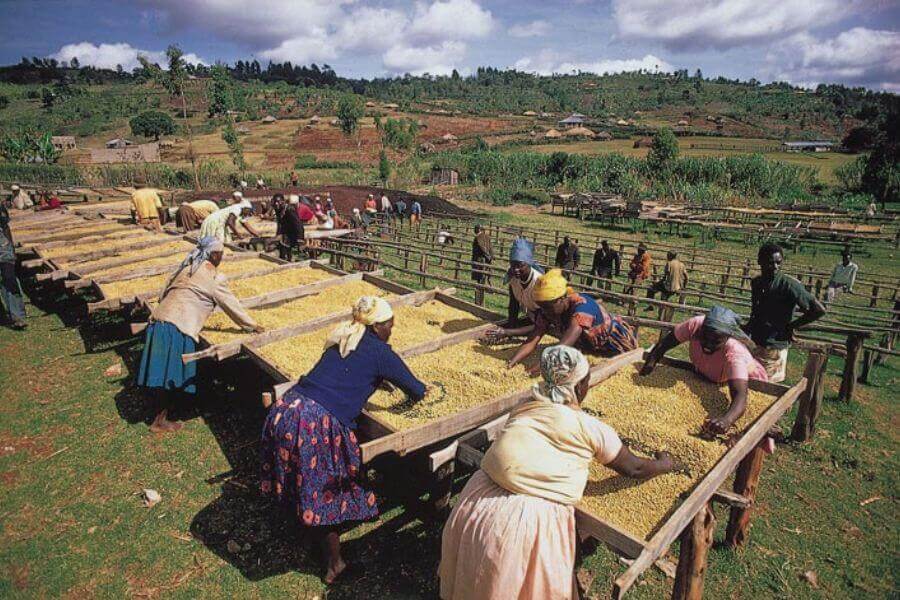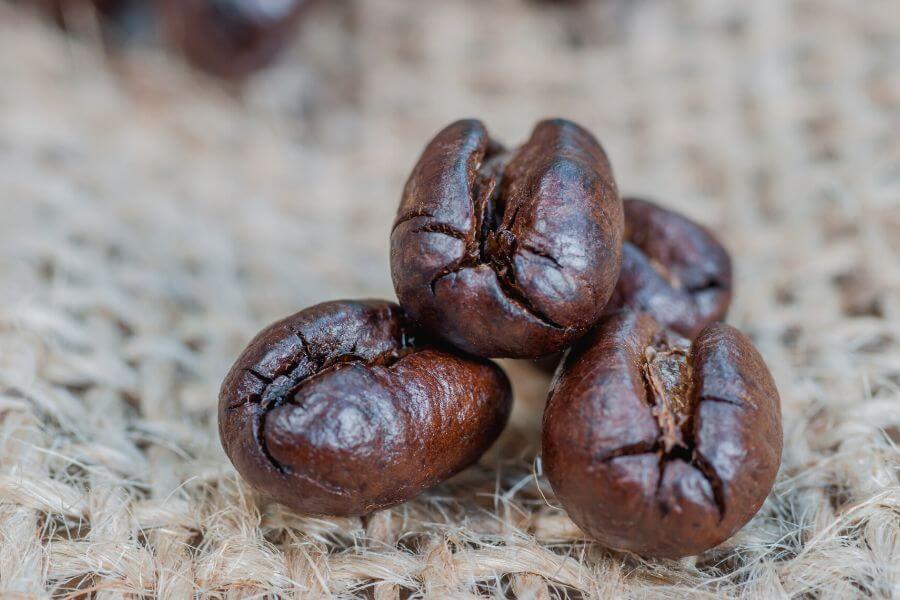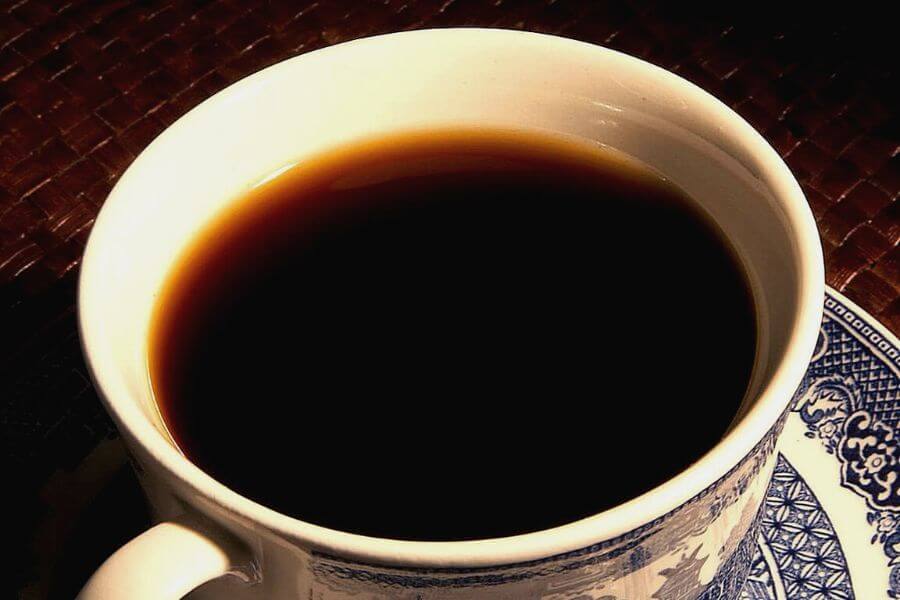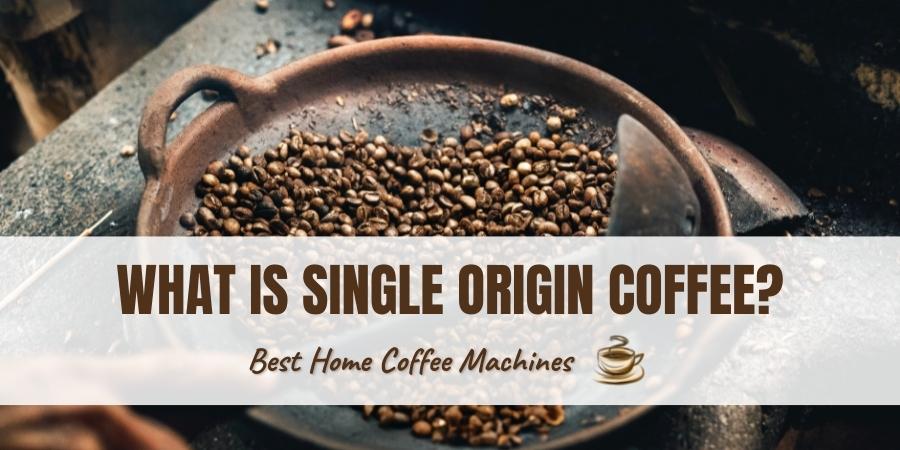What is Single Origin Coffee?
What is single origin coffee? If you’re a java connoisseur, it’s probably a familiar phrase, but you may or may not have a full understanding of what that means.
The obvious answer is that it comes from one location, but there’s more to it. Single origin can be as broad as one region of the world or as specific as a tiny part of one farm. As you might suspect, this coffee is far more exclusive than blends.
Because the beans in single origin coffee are grown in the exact same conditions, its flavor is remarkably consistent. The quality of the beans is often superior, too, because of the care required in cultivating this kind of coffee.
As we get down to the nitty-gritty of single origin brew, these are some topics we’ll cover:
What Does Single Origin Coffee Mean?
We’ve established that single origin coffee means originating from one location. However, that’s just the beginning of the single origin meaning.
Single origin coffees must be grown, harvested, processed, and stored separately. There can’t be any overlap that lets different plants be mixed in. Plus, information that identifies the coffee — such as the variety or processing method — must be attached to the coffee to verify authenticity.
When it comes to the definition of origin, it can be classified as a:
- Region — in a particular area of the world, such as the Middle East.
- Country — the location is a single country, like Brazil.
- Cooperative — a group of farms that have banded together.
- Farm — coffee is grown on a single plantation.
- Micro-lot or Nano-lot — coffee is only grown on a very small part of one farm.

Why People Like Single Origin Coffee
People who love single origin coffee beans, really love them. Because the beans are grown in one place, the characteristics of the coffee can be recreated over and over. This gives it a very consistent flavor profile.
The quality of single origin espresso may be higher because that coffee has to be carefully cultivated to ensure there’s no mixing with other coffee plants. Many java lovers want to know exactly where their brew comes from.
Some people also appreciate that single origin coffee is more of a rarity than coffee blends. They like the idea of having a beverage more exclusive than other types. Thanks to the geographical limitations of growing single origin coffee, there simply isn’t as much on the market, compared to blends.
Single Origin vs. Blend
What is a coffee blend? The short answer is that it’s a combination of different types of coffee, or coffee beans, from multiple locations.
When comparing single origin coffee vs. blends, you’ll see that there are many differences.
- Price. Single origin coffee generally comes with a higher price tag than blended coffee. This is mostly due to the extra expense of taking such care to keep single origin coffee separate from the rest.
- Flavor profile. With single origin, you get a specific flavor profile that remains consistent. It’s grown in the same place, in the same conditions. With a coffee blend, you don’t get the same growing restrictions, so the flavors will vary according to the conditions.
- Availability. The majority of coffees on sale are blends. Where coffees are combined, you end up with a continuous supply. In contrast, single origin coffee is restricted to when it can be harvested, thus is only available at certain times of the year.

Single Origin Coffee and the Third Wave
There have been three significant waves of coffee, both for the industry and culture. Each wave has represented a time of major changes in the world of java.
1. In the first wave, coffee became a valuable commodity. This started in the 1800s and resulted in fairly consistent pricing and availability to the general population.
2. The second wave started in the 1970s and is largely attributed to Starbucks creating a relaxed cafe culture. Rather than just generic brew, there was a shift to coffee of different origins and flavors. Baristas became common, with a variety of coffee-based drinks. Dark roast, bitter coffee was the norm.
3. Single origin coffee came to the forefront in the third wave.
Java lovers are now focusing more on where the coffee comes from and how it’s grown, harvested, and processed. This wave is assumed to have started somewhere around the year 2000.
Consumers demand high-quality coffee, they look for java that’s more sustainable, and they appreciate the work of smaller farms, rather than coffee giants. And, instead of using only dark roasts, light and medium roasts have found their place too.

Recapping
Single origin coffee has grown considerably in popularity. While most people understand that this coffee can be traced back to one specific area or region, it can be as precise as tracing it to one particular section of a farm.
Unlike coffee blends, where the flavors can vary slightly from one bag to the next, single origin coffee has a consistent flavor profile. This is due to identical growing, harvesting, and processing conditions each and every time. However, those conditions also result in a more expensive cup of coffee, since it’s more costly to produce single origin coffee beans.
If you’ve only been drinking coffee blends, you should definitely expand your horizons. What is single origin coffee? We’ve explained it, but to fully appreciate it, you need to give it a try yourself.
What Is Single Origin Coffee? FAQs
What Does Single Origin Coffee Mean?
Single origin coffee means the coffee beans can be traced back to one particular location or region. It could even be more specific, such as a certain cooperative or farm.
Is Single Origin Coffee Better?
Because of the care taken with cultivating single origin coffee, these beans are often of higher quality than blended coffee. Many people enjoy it for its consistent flavor profile, along with knowing exactly where the coffee came from.
Why Is Single Origin More Expensive?
Single origin is more expensive because it requires more precise growing conditions, harvesting, and roasting processes. Care must be taken so that it doesn’t mix in with other types of coffee, and those costs get passed on to the consumers.
What Is the Best Way to Enjoy Single Origin Coffee?
Our favorite brewing methods with single origin coffee are espresso and pour-over. If you don’t add anything to it after brewing, you’ll be able to appreciate the full flavors.
Is Arabica Single Origin?
Arabica coffee refers to a type of coffee bean, rather than the origin of the bean. Arabica coffee can be produced in many locations and grown for single origin coffee or coffee blends.
What Is Blended Coffee?
A coffee blend means that coffee beans of different types or from different locations have been combined to create a blended flavor profile.





